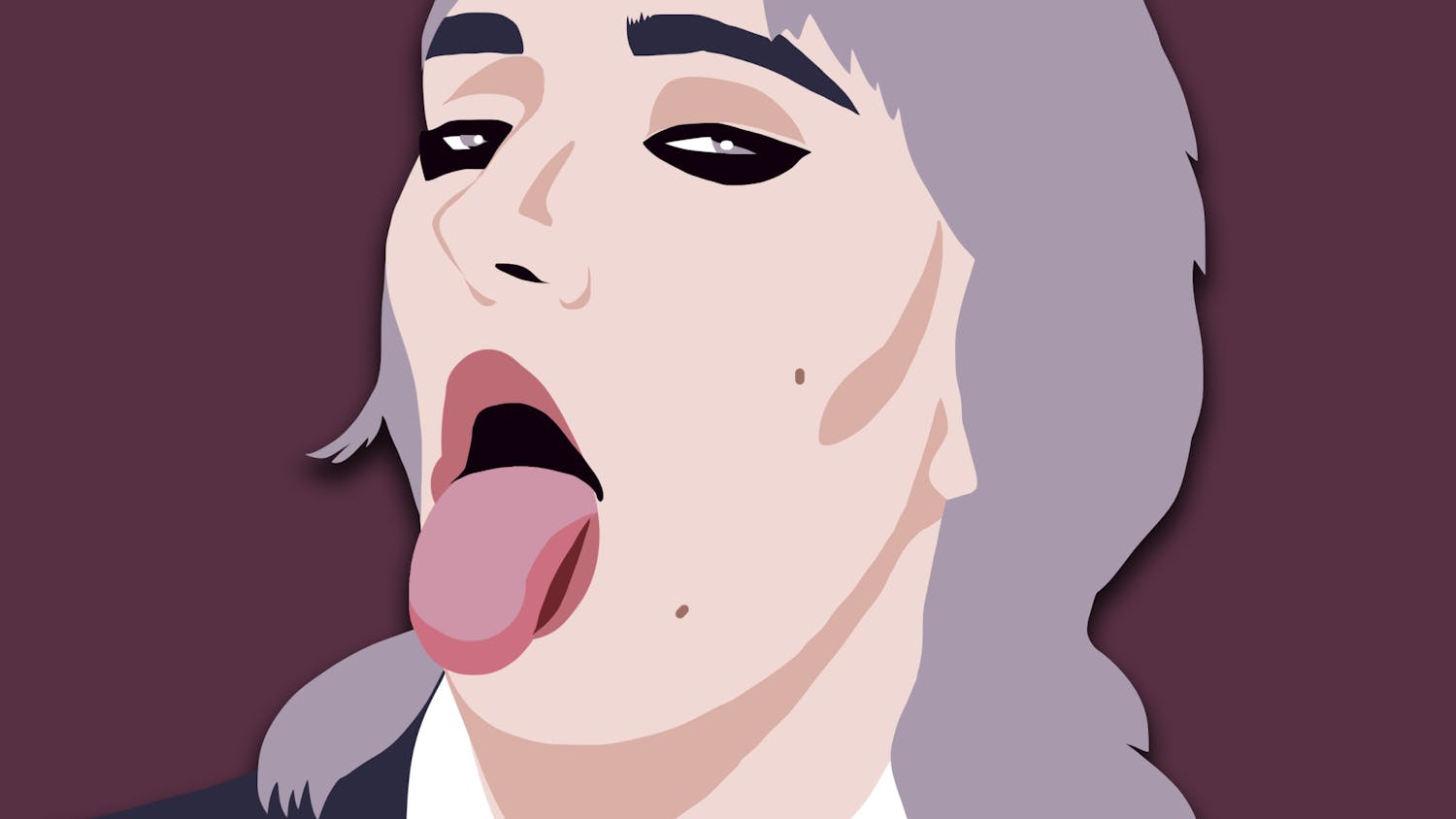“You don’t have to burn books to destroy a culture. Just get people to stop reading them.” This quote is from a book called “Fahrenheit 451” by Ray Bradbury, which takes place in a dystopian society where books become illegal. This relates much to present-day society in which books are getting banned for reasons which are not always valid. For years, books have been banned for various reasons ranging from explicit language to race reasons. The rising issue has been going on for centuries and has only grown as a problem.
What is book banning? PEN America, a nonprofit that advocates for books that get unreasonably banned, defined book banning as “Any action taken against a book based on its content and as a result of parent or community challenges, administrative decisions, or in response to direct or threatened action by lawmakers or other governmental officials, that leads to a previously accessible book being either completely removed from availability to students, or where access to a book is restricted or diminished.”
In 1637, the very first book was officially banned by the Puritan government. The book was titled “New English Canaan” written by Thomas Morton. The Harvard Library says that he critiqued the power structures and customs of the Puritan government. The government was not happy with his analysis of the government’s practices and banned the book.
In the early 1800s, professionals began revising older texts to make them adhere to society’s expectation of modesty. According to Freedom to Read, Thomas Bowler revised many Shakespearian titles. In the preface, he stated that he removed “everything that can raise a blush on the cheek of modesty.” Through his modifications, he ended up removing 10% of Shakespeare’s original work.
Book banning is not a new thing. Since then, many classic books have been banned. Some popular titles include “The Catcher in the Rye,” “The Giver,” “The Great Gatsby” and even the “Harry Potter” series. A lot of these titles have been taught in schools, but they are no longer allowed. So why do a lot of these titles get banned?
Books get banned for a plethora of different reasons, including violence, explicit language, explicit content or representation of race or the LGBTQIA+ community. These are not valid grounds for a book to be challenged or banned in a school setting. A lot of schools come under fire for banning books for their content because it is restricting free speech.
“Harry Potter” by J.K. Rowling, a book which many have read, was banned multiple times from 2001-04 for “satanism” and “anti-family themes.” It was even banned for its contents of magic. The book gained a cult following as soon as it was released, but many parents complained about its themes. The book was just meant to be an innocent children’s book about magic and wizardry, and it was completely blown out of proportion, just as many other books are today.
Many books that have to do with sexuality, gender identity and race also get banned including “All Boys Aren’t Blue: A Memoir-Manifesto,” “Gender Queer: A Memoir” and “Out of Darkness.” The banning of these titles prevents LGBTQIA+ youth from seeing themselves represented in stories and in media.
The banning of books is problematic in today’s society, but its long history prevents many from seeing its dangerous effect on the world. The role of censorship and media consumption is what is fueling the fire for people to continue banning books. By educating people on this topic, the banning of books can be stopped one book at a time.






